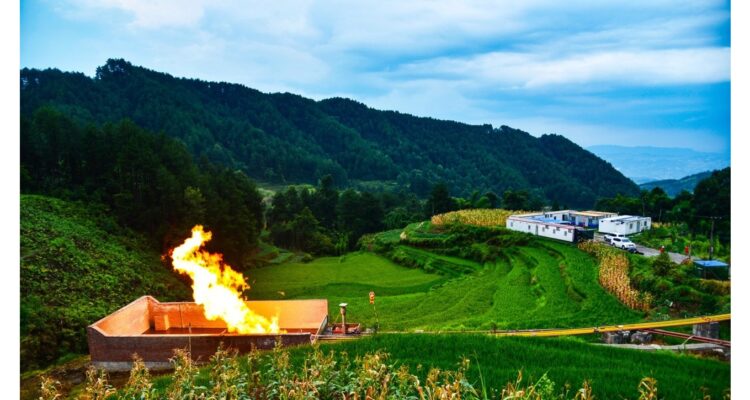The Qijiang shale gas field was discovered in medium-deep and deep strata in a complex tectonic zone on the basin’s margin. Deep shale is defined as shale gas buried at depths greater than 3,500 metres, and the burial depth of Qijiang’s shale formations ranges from 1,900 to 4,500 metres, with the majority being deep shale. The project faced significant challenges due to complex overlying strata, such as a significantly greater depth and variable ground stress.
Sinopec’s team conducted over 10,000 lab analysis tests on the core at a depth of 1,320 metres to answer the question of how a shale gas reservoir formed in the basin margin with such complex surface and underground conditions. This revealed the development and maintenance mechanism of deep shelf shale pores and identified deep shale’s ability to develop vast reservoirs with high porosity, as well as the “sweet spots” for projecting deep shale targets.
The team gathered 3,662 square kilometres of high-precision 3D seismic data of deep shale gas in the complex zone of the Sichuan Basin’s southeastern margin, as well as drilling data from existing wells in southern Sichuan. Sinopec developed a deep shale gas seismic prediction technology with pressure coefficient and gas content, fracture prediction, and horizontal ground stress difference as the core – the equivalent of performing a CT scan of the strata – to achieve the breakthrough in predicting the “sweet spots” of deep shale gas.
Source: Prnewswire


No Comments